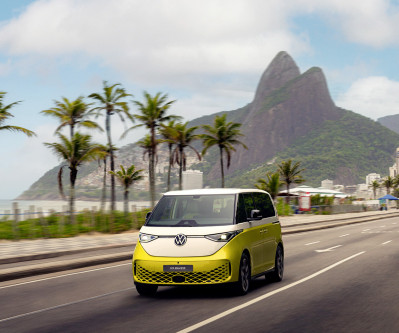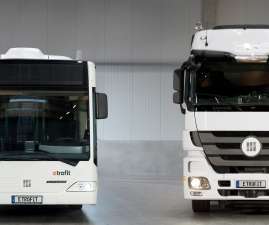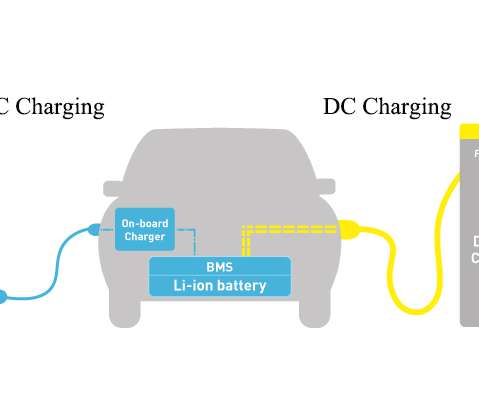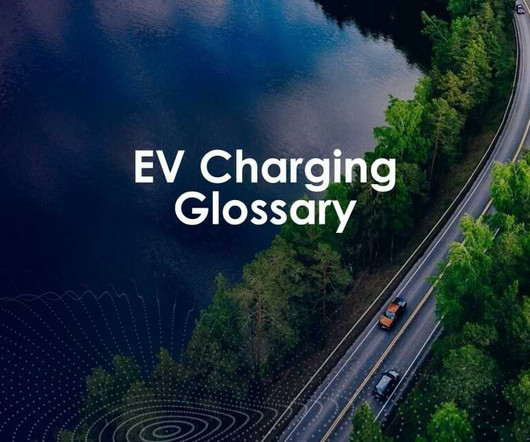Volkswagen brand to invest €1B by 2026 in South America; targeting 40% growth in Brazil
Green Car Congress
JULY 5, 2023
The Volkswagen brand aims to make significant gains in South America with a major product offensive. By 2027, the company plans to grow by 40% in Brazil, the region’s largest market. For example, 15 new electric and flex-fuel vehicle models are being launched by 2025 alone. and the ID. and the ID. Buzz and ID.4













Let's personalize your content